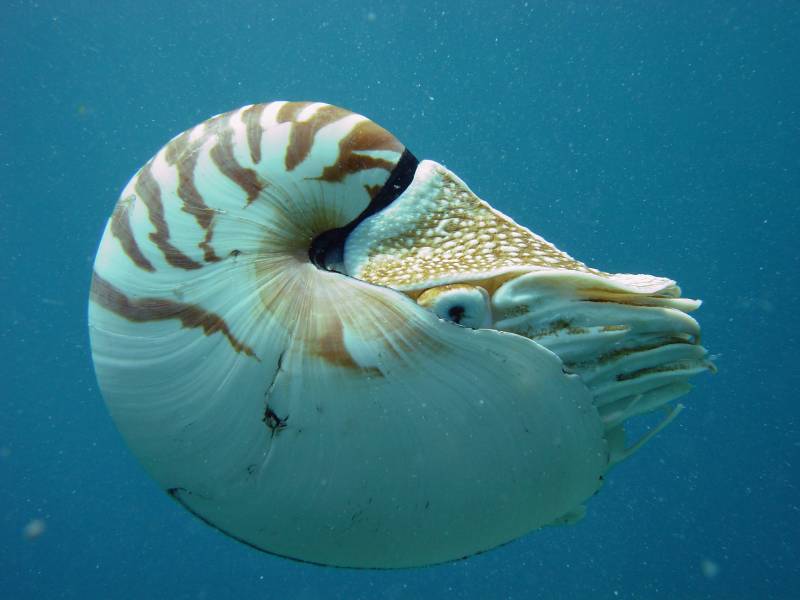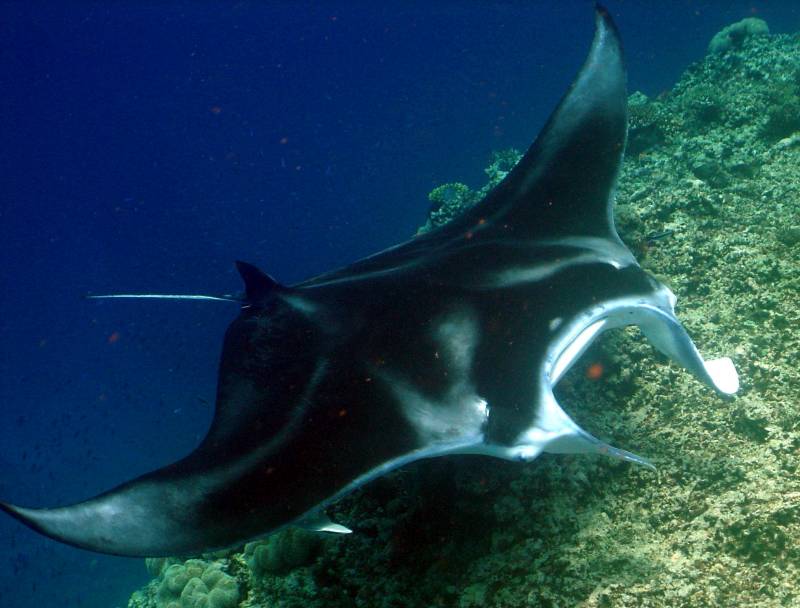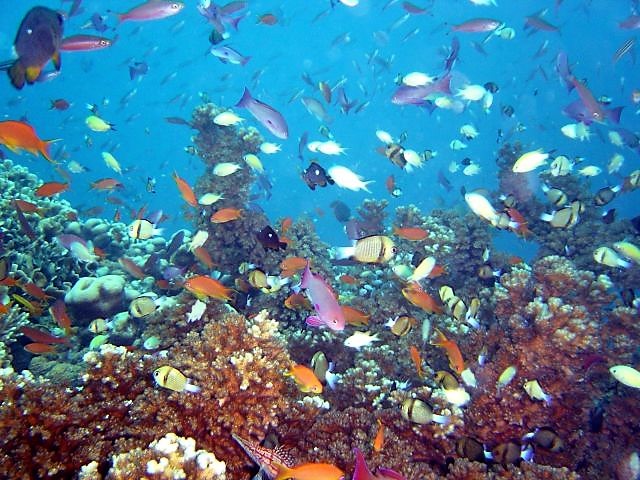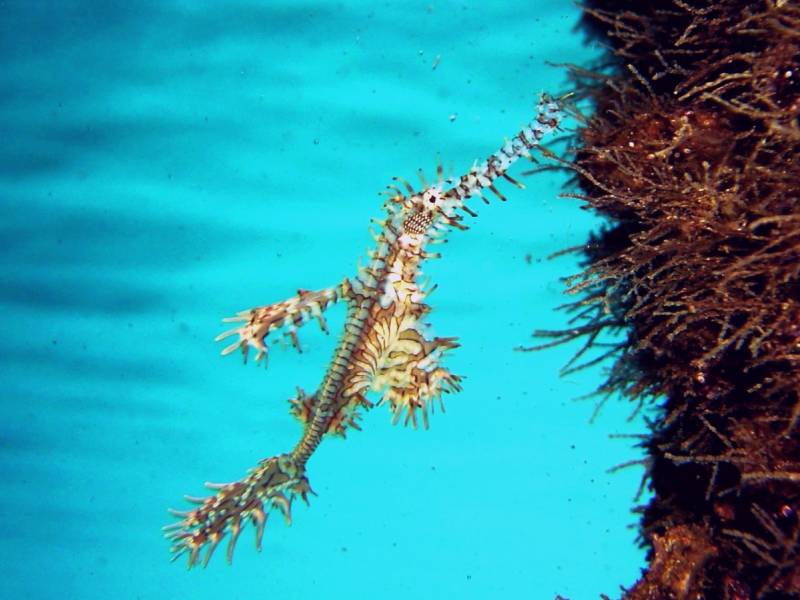Fiji is renowned for its spectacular marine environment, offering some of the most vibrant and diverse underwater ecosystems in the world. Surrounded by crystal-clear waters, Fiji is home to over 300 species of coral and more than 1,200 species of fish, making it a diver’s paradise. The archipelago lies within the Coral Coast, part of the Coral Triangle, often referred to as the “global epicenter of marine biodiversity.” The coral reefs here are teeming with life, ranging from small, colorful fish to larger predators like sharks and manta rays.
The picture at the top shows a harlequin ghost pipefish. The harlequin ghost pipefish is a fascinating and elusive species found in Fiji’s coral reefs. Known for its striking, ornate appearance, it has a delicate, leaf-like body that helps it blend seamlessly with seagrass or coral, making it a master of camouflage. This species is closely related to the seahorse and is often seen in shallow, sheltered environments. Harlequin ghost pipefish are carnivorous, feeding on small crustaceans. Due to their cryptic nature, spotting them is a rare and rewarding experience for diverse. Their unique beauty and stealth make them a sought-after sight in Fiji’s vibrant marine ecosystem.

The Nautilus, a living fossil, can be found in the waters surrounding Fiji, offering a glimpse into Earth’s ancient marine past. Known for its distinctive, spiral-shaped shell, the nautilus is a cephalopod that has remained largely unchanged for millions of years. Nautilus inhabit deeper waters, typically beyond the reach of most recreational divers. They are nocturnal and are most active at night when they rise from the depths to feed, so it is extremely rare to see a live Nautilus as a diver. The nautilus is revered for its beautiful, chambered shell, which can sometimes be found floating on the surface of the water or on the beach.

Manta rays are a highlight of Fiji’s marine environment, often seen gliding gracefully through the clear waters. These majestic creatures are typically found around Fiji’s coral reefs. Known for their enormous wingspans, manta rays are filter feeders, consuming plankton and small fish as they swim. They are highly social and often gather in cleaning stations, where smaller fish remove parasites. These rays are a popular attraction for divers and snorkelers, offering unforgettable encounters with one of the ocean’s most graceful animals.

Fiji is known for its incredible variety of both hard and soft coral species. Some of the most famous and visually stunning species found in Fiji’s waters include:
Hard Corals:
- Acropora – This genus of branching corals is abundant in Fiji and is known for its intricate, tree-like structures. It is one of the most diverse and widespread coral species in the region.
- Porites – A robust and slow-growing genus, Porites forms massive, boulder-like structures. These corals are crucial for reef building.
- Montipora – Known for their flat, encrusting, and branching forms, Montipora species contribute to the complex reef structure.
- Favia – These corals have a distinctive, large, round shape and can form impressive colonies. They are often found in shallow reefs.
Soft Corals:
- Dendronephthya – These soft corals are often brightly colored and found in deeper, more current-exposed areas. They are known for their feathery, tree-like structures.
- Xenia – Common in Fiji, Xenia corals are soft, bushy, and have a pulsating, almost waving movement due to the expansion and contraction of their polyps.
- Lobophytum – Often seen in Fiji’s reefs, these soft corals form large, bushy clusters that sway with the current.
The diversity of these coral species contributes to Fiji’s reputation as one of the world’s most biodiverse coral reef ecosystems.
Fiji´s large reef system
One of the standout features of Fiji’s marine environment is the Great Sea Reef, one of the largest barrier reefs in the world, stretching over 200 kilometers. The warm, tropical waters also provide a perfect habitat for sea turtles, dolphins, and humpback whales. The marine reserves, such as the Beqa Lagoon, protect and preserve these rich ecosystems, ensuring future generations can enjoy them. Whether snorkeling in shallow lagoons or exploring deep, thriving reefs, Fiji’s underwater world is a truly spectacular and accessible treasure, offering unforgettable experiences for all who visit.

